For about 2 billion of the world’s 7 billion people, bugs are part of a traditional feast. Some 2,000 species are eaten globally, according to a 2013 U.N. Food and Agriculture Organization report.
The U.N. looks to an ever-growing human population—then to the world’s hearty bug population as a much-needed food source.
Bugs might worm their way into the Western diet one day, as a source of protein and other nutrients with less of an environmental impact than cattle.
The Bugs We Eat
1. Palm Weevil
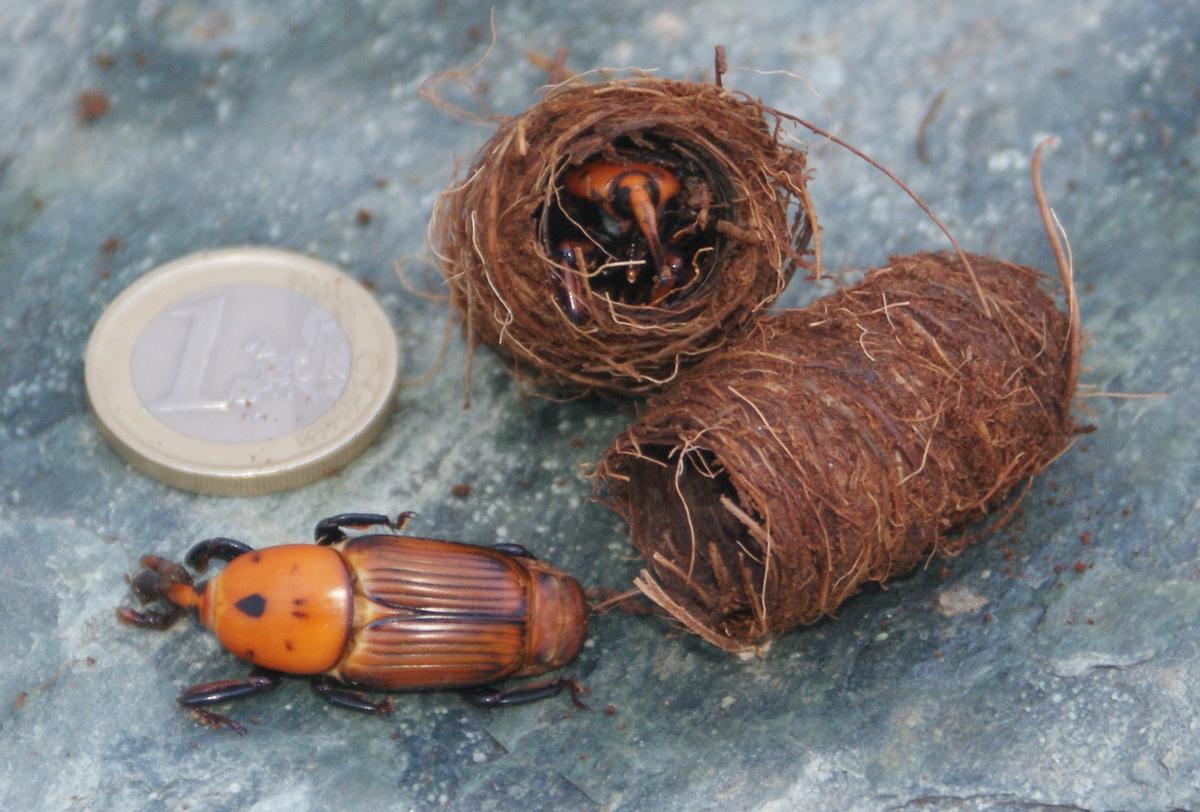
An adult palm weevil next to pupal cases, and a euro coin to show scale. (Wikimedia Commons)
The palm weevil (Rynchophorus ferrugineus) is the most popular edible beetle in the tropics. It’s a bane to palm trees—boring into their trunks and infecting the trees with red-ring disease—but a nutty flavored treat for humans.
Joe Flowers posted a video on YouTube of himself trying the weevil for the first time (see below). He writes in the video’s description: “They had a glorious taste, with hints of soy and a nutty flavor.”
2. Shellac on Apples

Ever wonder where the waxy coating on an apple comes from? (Shutterstock)
That waxy shine on your apple might be resin secreted by a lac bug. Produce shippers and supermarkets in the United States are required by law to label produce that has been coated. The signs set up next to the produce should say, “Coated with food-grade vegetable-, petroleum-, beeswax-, or shellac- based wax or resin, to maintain freshness.”
3. Mopane Caterpillar
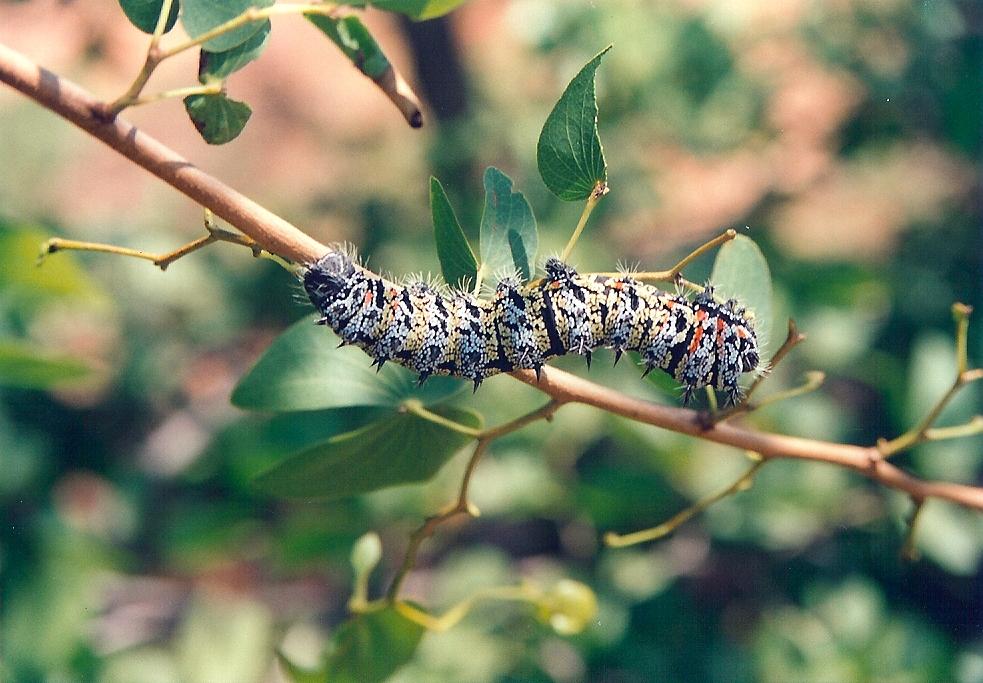
Mopane caterpillar (Wikimedia Commons)
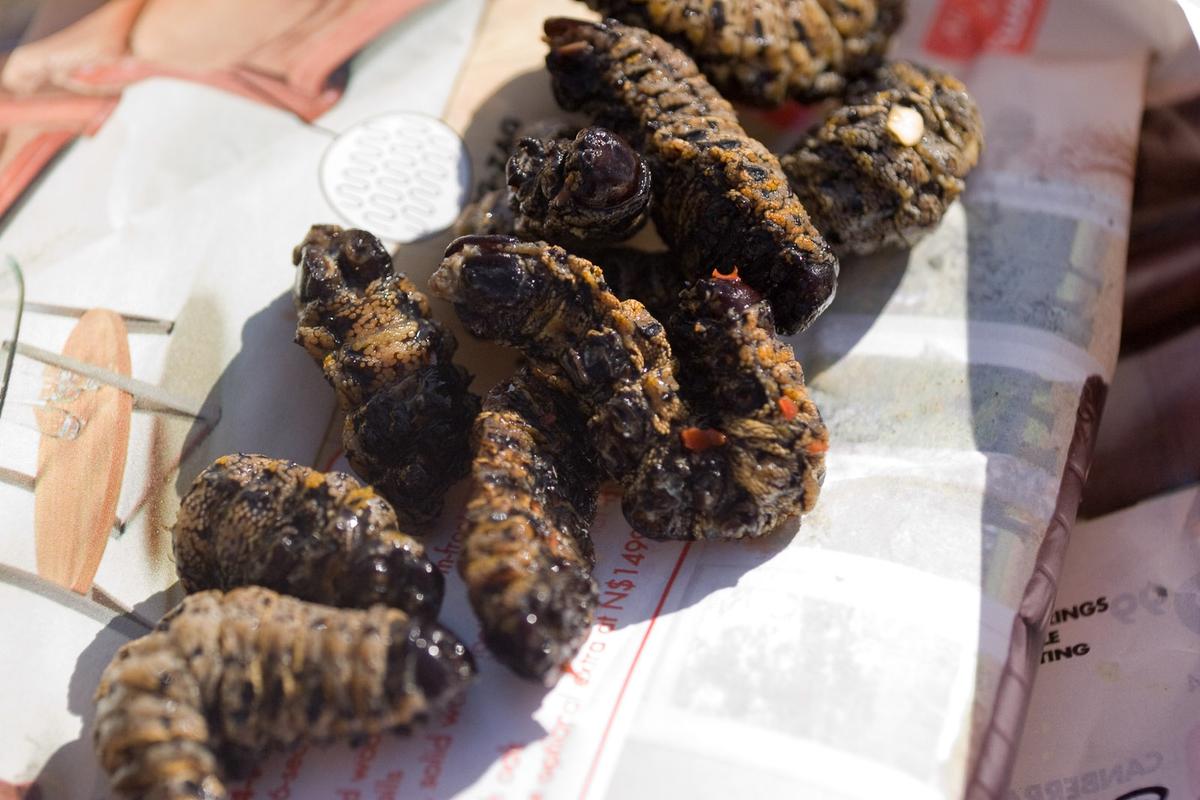
Cooked mopane caterpillar (Greg Willis/Wikimedia Commons)
The mopane caterpillar (Imbrasia belina) is probably the most popular edible caterpillar, according to the U.N. report. It can be eaten dry, like crispy potato chips, or cooked and coated in sauce.
One of the first steps in preparing it is squeezing out its insides, which appear as a greenish goo.
Zimbabwean nutritionist Marlon Chidemo told The Associated Press that the worm contains three times the protein beef does and it requires far less plant-life to feed on than cattle.
It is harvested and eaten not only in Africa, but also in other regions.
“It’s got some chew,” this unfazed taster says of the mopane caterpillar (see video).
4. Bamboo Caterpillar
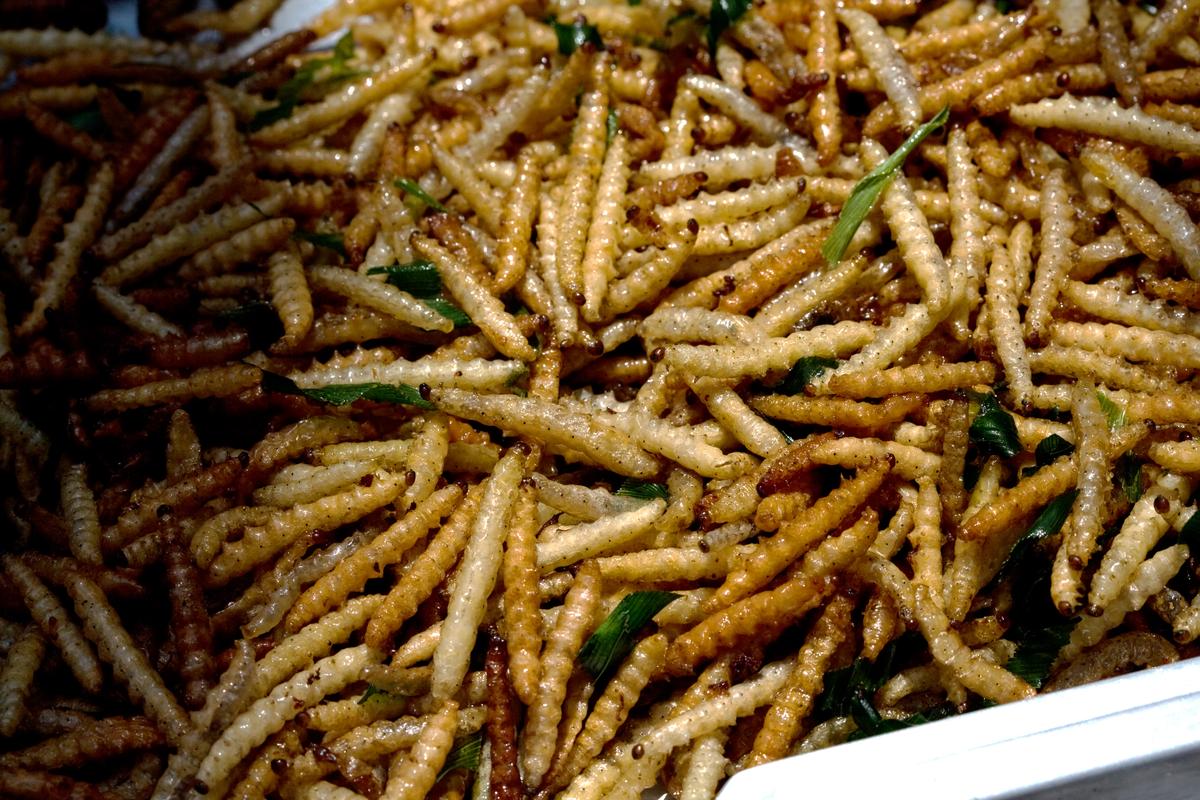
(Wikimedia Commons)
The Thai Department of Forestry is promoting the bamboo worm as a good source of income for locals. The bamboo borer, or bamboo worm (Omphisa fuscidentalis) is a popular Thai treat.
Thai food blogger Natty Netsuwan wrote about her first time trying the caterpillar: “To my surprise, it tasted great. It was nutty and crunchy. There were no icky taste or unpleasant smell or feeling in your mouth. I had been afraid that it would be creamy (like I'd always imagined bugs in the past), but it was dry.”
5. Stink Bugs
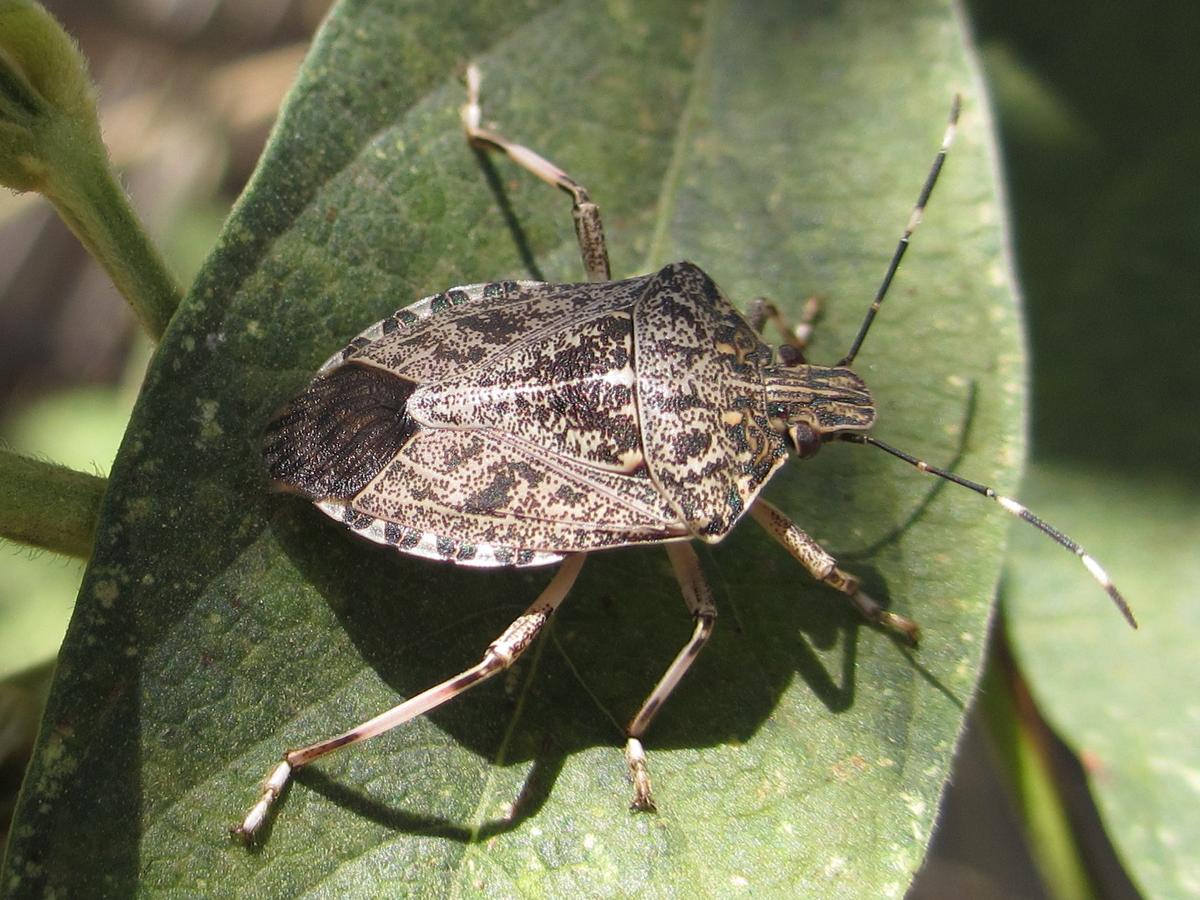
(Ton Rulkens/Wikimedia Commons)
The good thing about stink bugs is they don’t go underground during the winter, making them a good source of food when the pickings are otherwise slim.
Dawn is the best time to harvest them, as they are cold and stiff. When they warm up, they move more quickly and are harder to catch.
6. Bogong Moth
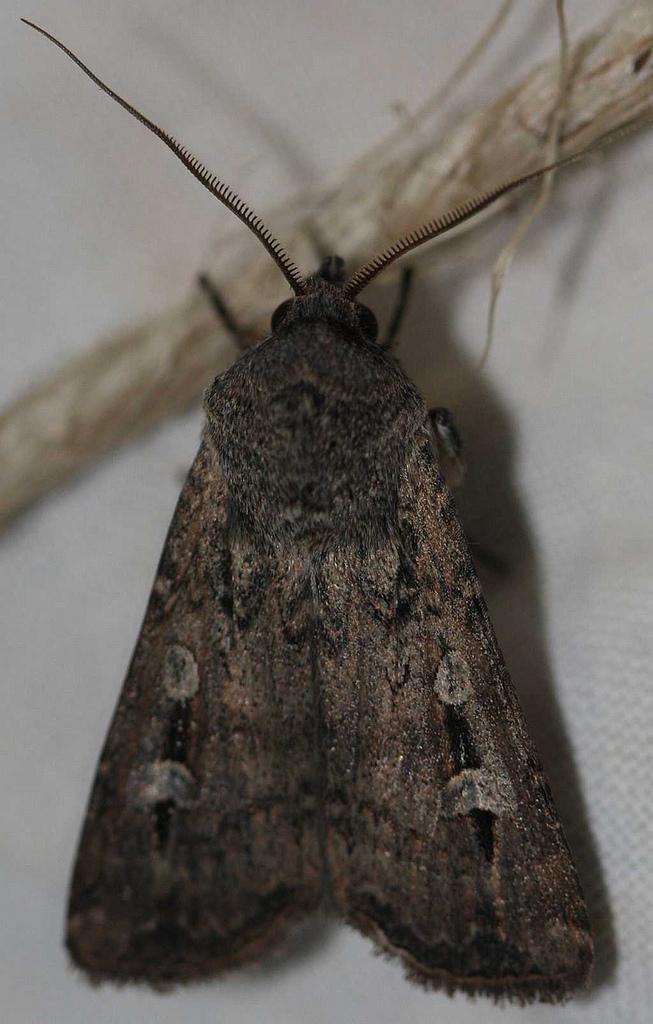
(Atlas of Living Australia/Wikimedia Commons)
Indigenous Australians have been known to eat the bogong moth (Agrotis infusa). A common pest in the city and suburbs of Sydney, the moth is nonetheless a treat for local chef Jean-Paul Bruneteau.
“They are lovely,” he told the Sydney Morning Herald. “They have a nutty, crisp, popcorn flavour, like buttered hazelnut.”
Martyn Robinson, a naturalist at the Australian Museum, told the Herald, however, that the moths may be contaminated with arsenic from pesticides used on farms.
“I was eating them right up until I heard that,” Robinson said. “I'd catch them off the windowsill, hold them by the wings, and pop them straight into my mouth. It’s like eating a prawn cocktail.”
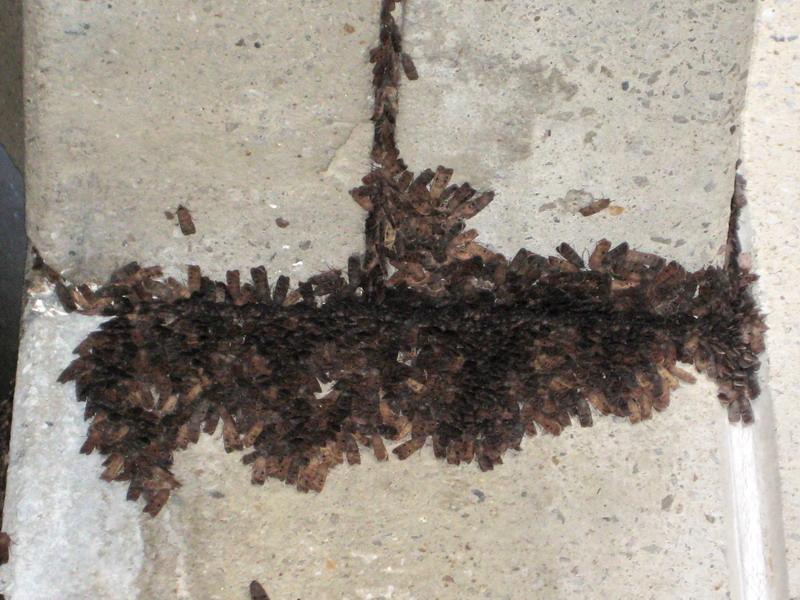
A swarm of bogong moths. (Wikimedia Commons)
7. Red Maguey Worm Burrito
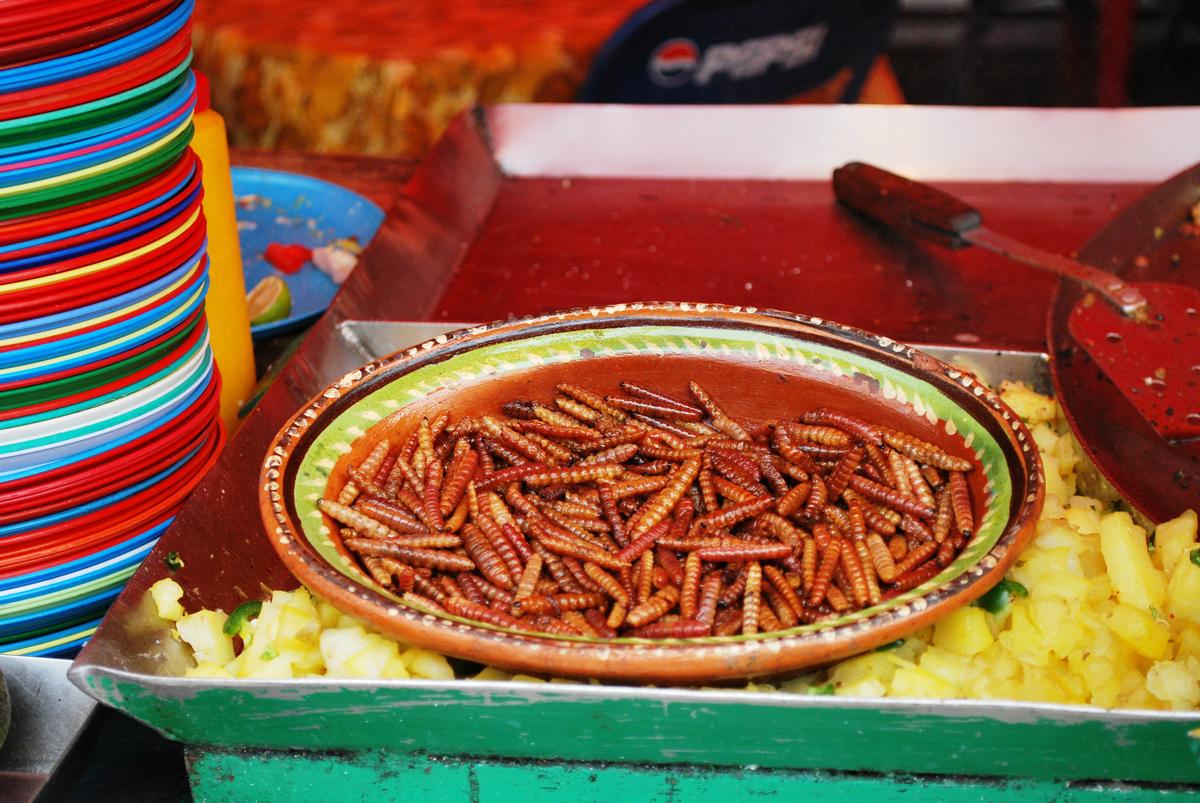
(Alejandro Linares Garcia/Wikimedia Commons)
Deep fried or braised, doused in a spicy sauce, served in a tortilla—these moth larvae are considered a delicacy in Mexico. They are also known as chilocuiles, chinicuiles, or tecoles.
Security guards often keep poachers away from agave fields where these much sought-after grubs grow.
8. Weaver Ant Eggs in a Can

(Bertrand Man/Wikimedia Commons)

Ant eggs (Wikimedia Commons)
The larvae and pupae of the weaver ant (Oecophylla smaragdina), known simply as “ant eggs,” are a popular food in Asia. You can get ant eggs in a can in Thailand.
9. Yellow-Jacket Wasp Larvae

(Bob Peterson/Wikimedia Commons)
In Japan an annual Hebo Festival celebrates the popular delicacy, larvae of the yellow jacket wasp (genera Vespula and Dolichovespula).
10. Locusts and Grasshoppers
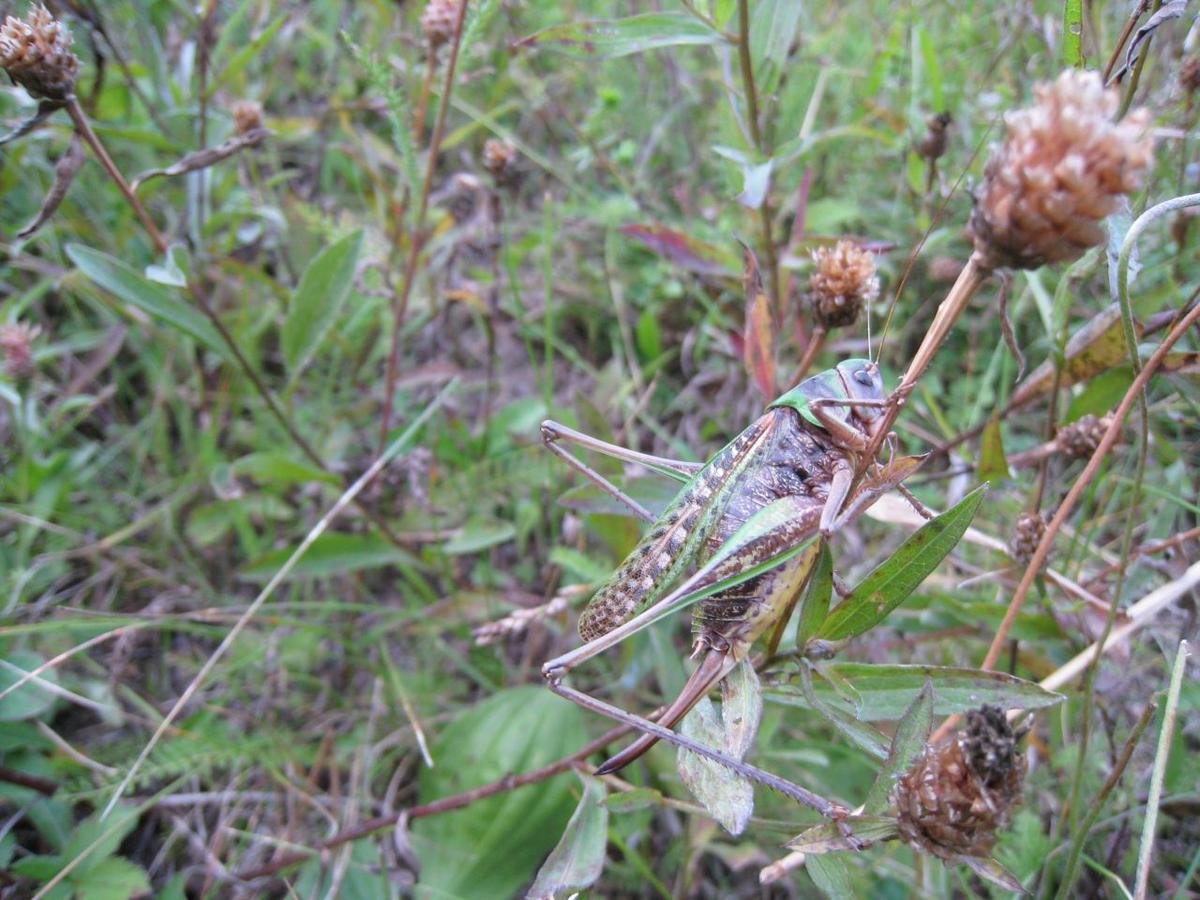
(Sergei Gutnikov/Wikimedia Commons)
A swarm of locusts makes for an easy harvest, but as an agricultural pest, the locust often comes with a side dish of insecticides.
The best time for harvesting grasshoppers and locusts is the morning in cool temperatures when the insects move slowly.
The U.N. report cites a popular saying in Madagascar: “Comment pourriez-vous attraper les sauterelles pondeuses et faire la grasse matinée en même temps” (“One needs to waken early in the morning to catch grasshoppers”).
11. Chapuline

(Meutia Chaerani, Indradi Soemardjan/Wikimedia Commons)
Toast this grasshopper with some oil and garlic, flavor with lemon and salt, and you’re ready to eat this dish served up for centuries in Mexico, particularly in Oaxaca state.
Local families are able to harvest some 100 to 150 pounds (50 to 70 kilograms) of chapuline a week, making this grasshopper a significant source of income for many. Recent studies have shown, however, that the insects may contain high levels of lead, according to the U.N. report.
Bonus: Watch This Man Eat a Leaf-Footed Bug
*Lead image of a person eating an insect via Shutterstock





